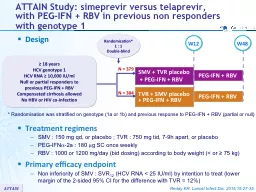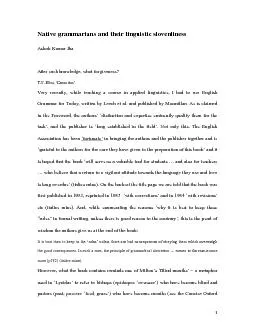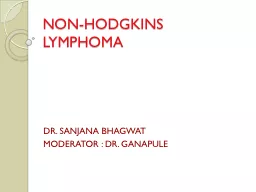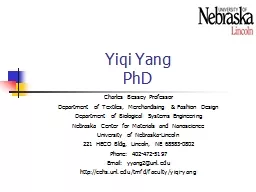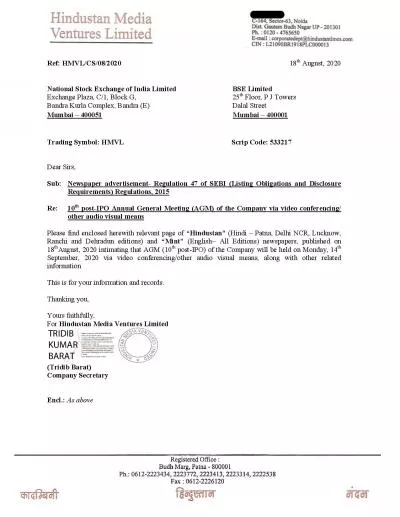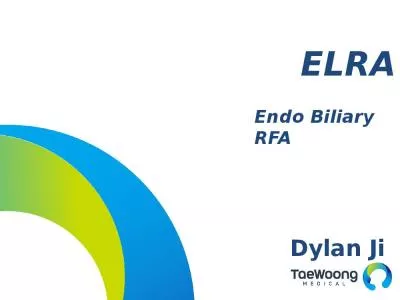PDF-A Ashok Kumar, Belum VS Reddy, P Sanjana Reddy and B RamaiahInternatio
Author : tatyana-admore | Published Date : 2016-08-07
J1391208S 5122008 91413 PM pollen grains Understandably this disharmonious interaction is likely to be more pronounced in populations incorporating divergent sources
Presentation Embed Code
Download Presentation
Download Presentation The PPT/PDF document "A Ashok Kumar, Belum VS Reddy, P Sanjana..." is the property of its rightful owner. Permission is granted to download and print the materials on this website for personal, non-commercial use only, and to display it on your personal computer provided you do not modify the materials and that you retain all copyright notices contained in the materials. By downloading content from our website, you accept the terms of this agreement.
A Ashok Kumar, Belum VS Reddy, P Sanjana Reddy and B RamaiahInternatio: Transcript
Download Rules Of Document
"A Ashok Kumar, Belum VS Reddy, P Sanjana Reddy and B RamaiahInternatio"The content belongs to its owner. You may download and print it for personal use, without modification, and keep all copyright notices. By downloading, you agree to these terms.
Related Documents


